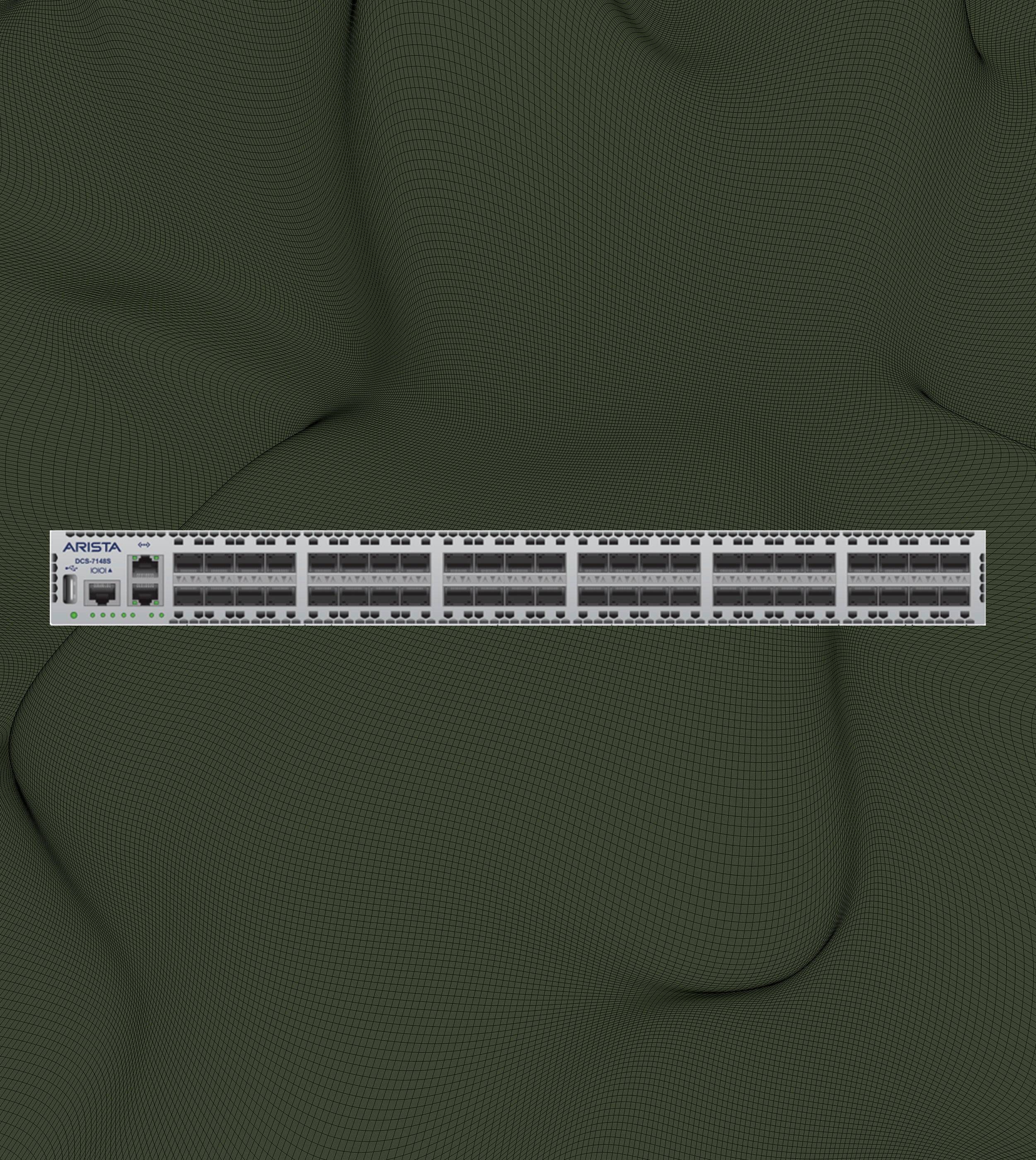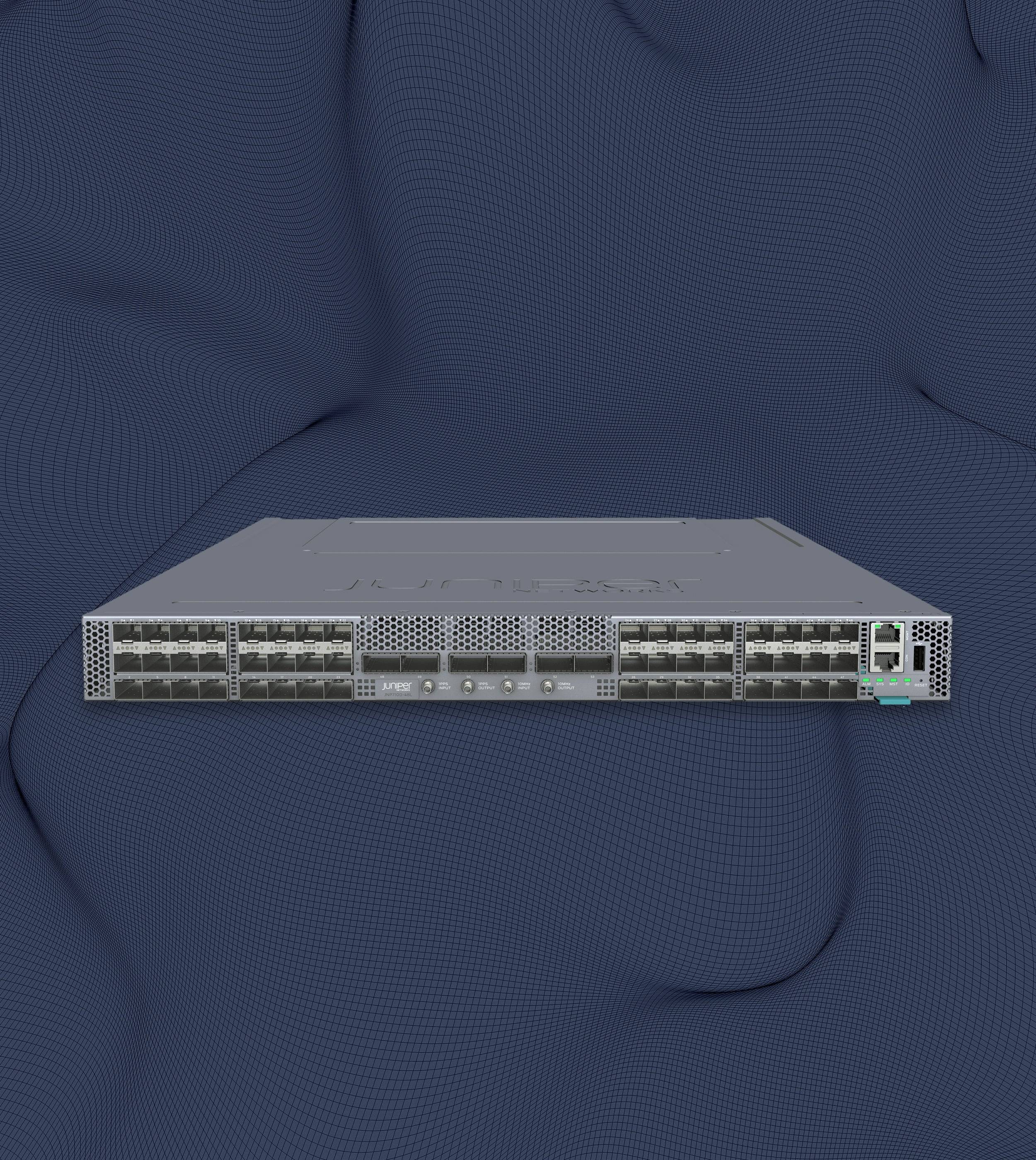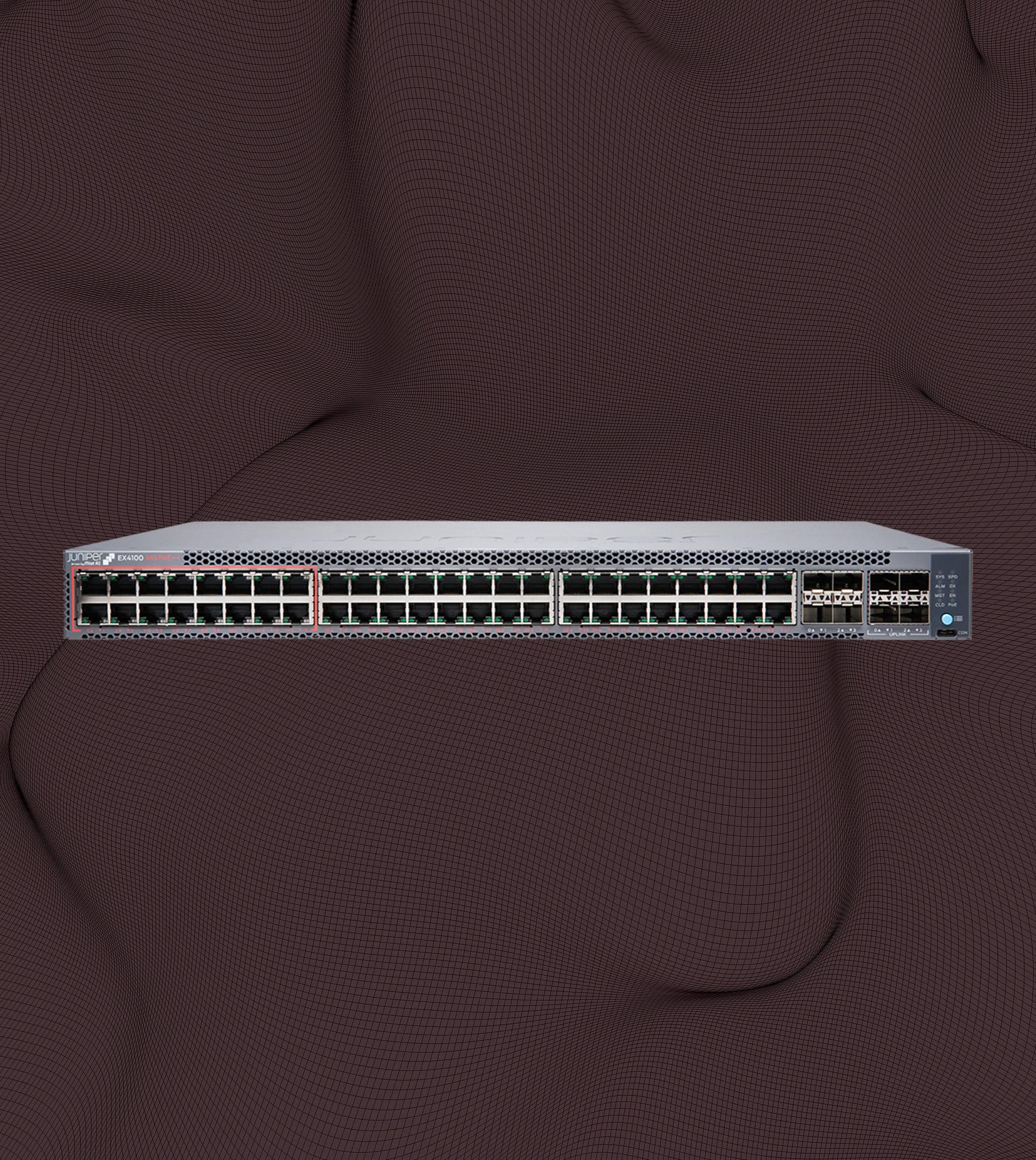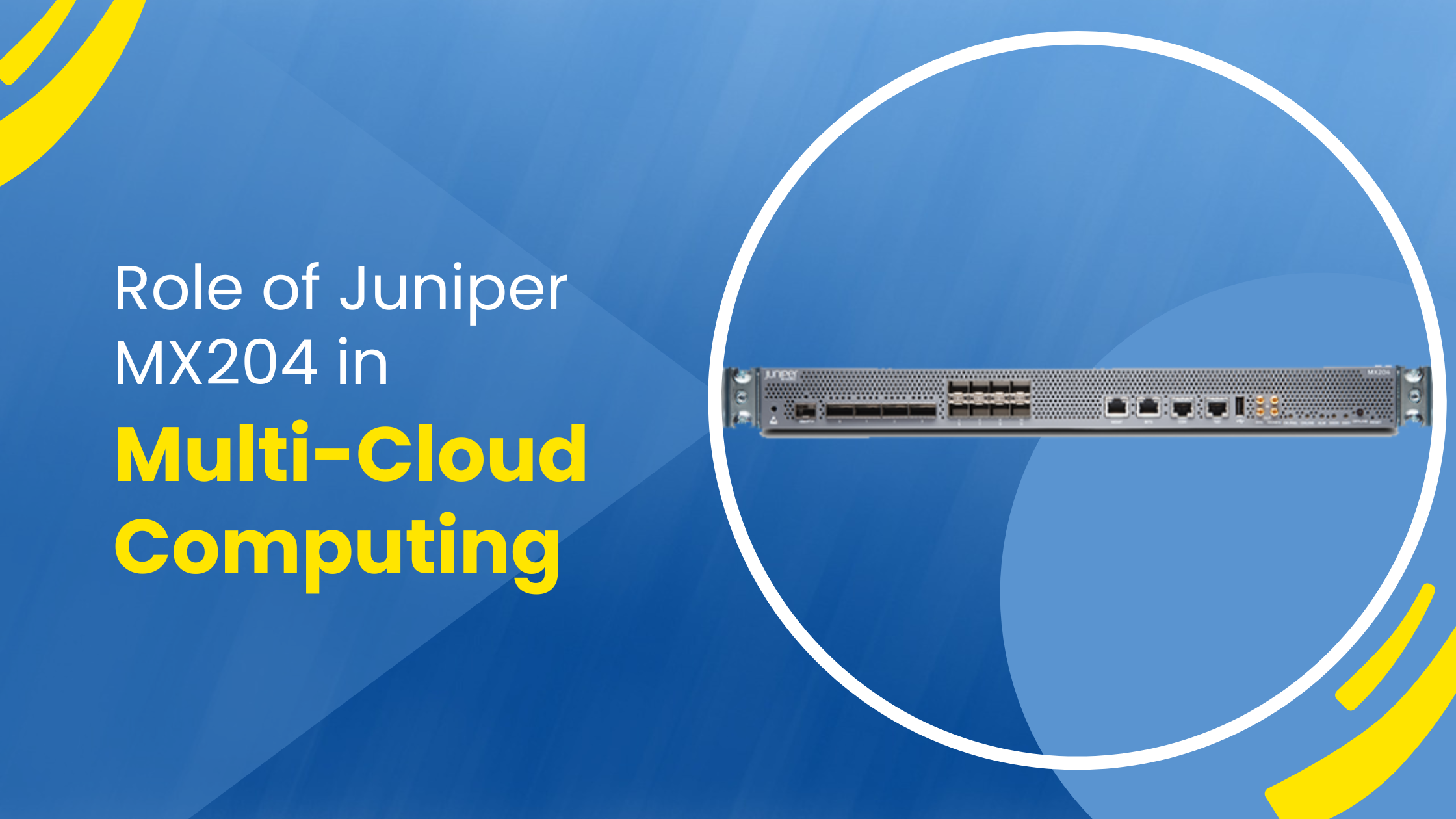Arista, a cloud networking company, has a great range of several switches suitable for data center and enterprise networks. Two popular members of the Arista family are the DCS7050CX3 and DCS7050SX3 systems. They perform exceptionally well and are scalable, however, are designed for two completely different networking requirements. Let’s compare these two models and point out their strengths to facilitate your choice of which switch suits your needs best.
What’s the similarity?
The DCS7050CX3 and DCS7050SX3 are in the same Arista's 7050X3 series designed for high performance, low–latency applications. Closely related to this, they are employed in cloud data centers, large enterprise networks, and real time high frequency trading.
While both platforms have many similarities, such as Layer 2, Layer 3 switching, high density ports, and advanced traffic management, the primary distinction is the kind of ports the two solutions offer along with their speed.
Key Differences
- Port Types and Speeds
The main difference between the DCS7050CX3 and DCS7050SX3 lies in their supported port speeds. Let’s see what are the key differences.
DCS7050CX3: Included 48 10G/25G SFP+ interfaces and 6 100G QSFP28 ones. Due to its compatibility with both 10G and 25G, it is perfect for data centers migrating to 25G connections. The QSFP28 ports also have integration capabilities with 40G and 100G Ethernet, so uplink speeds are also high.
DCS7050SX3 : The SX3 has a value orientation and is more concentrated on 1 G/10 G speeds . It has 48 1 G/10 G SFP+ ports and 6 100 G QSFP28 ports that are perfect for legacy networks. Like the CX3, the SX3 backs 40G and 100G uplinks but targets networks using 1G/10G connections.
In sum, the CX3 series is good for the flexibility in 25G networking for today's data center, and the SX3 series is recommended for use where most of the networking is in the 1G/10G realm.
- Application in Different Network Architectures
While both switches can be used in similar environments, they serve different roles based on their port configurations:
DCS7050CX3: Designed for the spine leaf architecture data centers and states that the push for more bandwidth is a constant and increasing problem. It is highly recommended for cloud providers or large companies dealing with high traffic levels due to the 25G/100G availability.
DCS7050SX3: It would be best suited for access layer type solutions or small pre-distributed data centers that may still have older and more basic architectures. This switch offers stable performance when organizations require 1G and 10G links and care about the cost of the new speed that is supposed to exist in the organization.
3. Power Efficiency and Cooling
Both switches were developed to minimize power consumption. They implement power over Ethernet Management, which regularly balances power usage depending on traffic density. The switches come in front to back or back to front airflow for application flexibility in data center locations.
However, the DCS7050SX3 typically requires less power than its highspeed ports because of its lower consumption, making the solution affordable for businesses concerned with Operational expenses. When it comes to energy consumption, we have a tad more favorable view of the SX3.
Shared Strengths
Despite their differences, both the DCS7050CX3 and DCS7050SX3 offer several common benefits:
Advanced Traffic Management: They both support Arista EOS (Extensible Operating System), which not only introduces automation, traffic control, and monitoring mechanisms for the network. This makes both the switches efficient, reliable and productive.
High Availability: They supply dual power supplies and hot swappable fans, which means that your application is rarely offline.
Low Latency: These switches provide, particularly, sub microsecond latency, which is more appropriate for sectors such as financial services and high-frequency trading. This boosts the speed meeting your networking needs smoothly.
Conclusion
There are differences between the Arista DCS7050CX3 and Arista DCS7050SX3 devices, which are required in certain networks. If you are migrating to 25G and need more throughput, the DCS7050CX3 is the better choice. Therefore for those who require cost-effective stacking but their network depends on 1G/10G connections the DCS7050SX3 is the most appropriate.
Each switch provides dependable high speed solutions and guarantees that your network is well equipped to meet current demands and any future challenges. Looking out to buy The Arista DCS 7050X3 series and level up your networking game? Reach out to us without delay.







Leave a comment
This site is protected by hCaptcha and the hCaptcha Privacy Policy and Terms of Service apply.